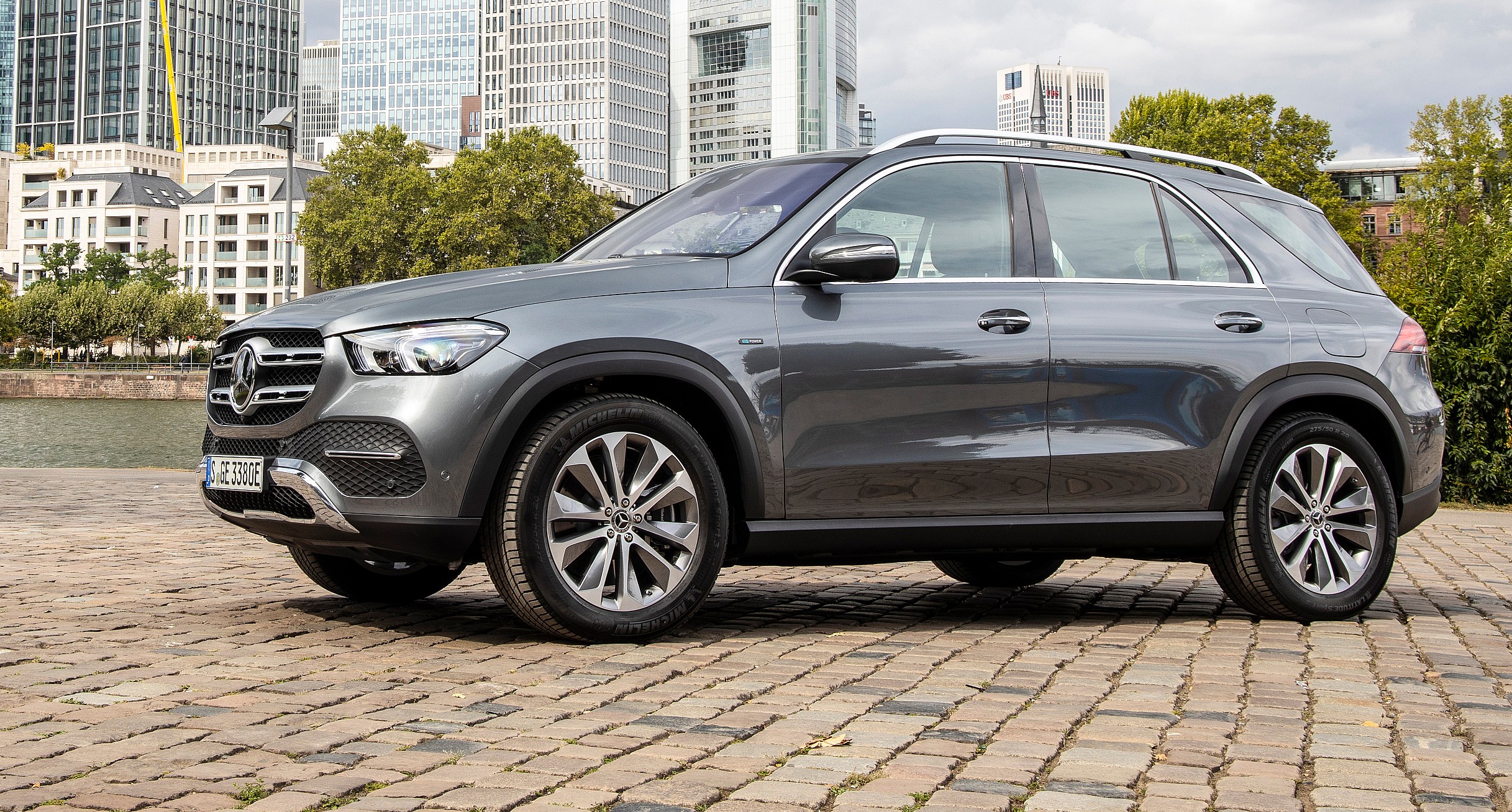
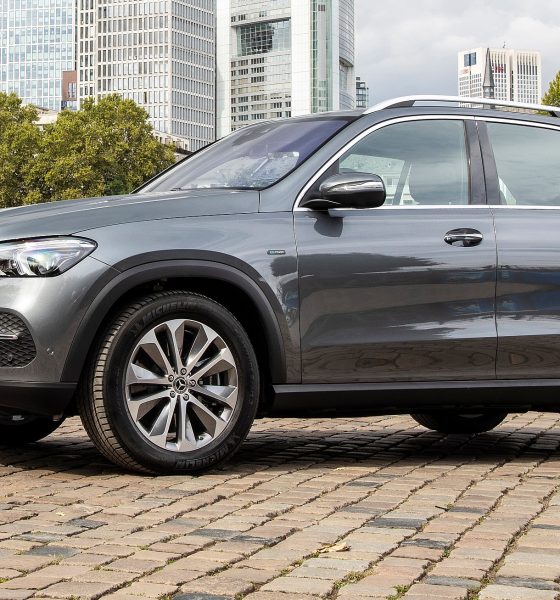
News
Mercedes CEO praises rising diesel sales: ‘There is no rational reason today not to buy one’
Germany’s electric car revolution might be accelerating with the introduction of vehicles like the Porsche Taycan and the arrival of the Tesla Model 3, but some automakers in the country seem to be maintaining their appreciation of diesel-powered propulsion nonetheless. In a recent statement, Mercedes-Benz CEO Ola Källenius revealed that diesel sales have actually been on a rise for the veteran carmaker, suggesting that the fuel type is far from being phased out.
The Mercedes-Benz CEO’s comments were related at the Frankfurt Motor Show, where Källenius stated that he believes common sense among consumers will eventually preserve the future of diesel. The chief executive also pointed out that the latest innovations in diesel technology have made the fuel far cleaner than before, making it a cleaner choice for many car buyers.
“The good thing about facts is that they are facts. The truth is that in most situations, diesels enjoy an economy benefit of 15-20% and in a lot of circumstances also lower NOx emissions than they are certified at. There is no rational reason today not to buy one if your driving profile suits its best use,” the CEO said.
Perhaps more importantly, Källenius added that Mercedes-Benz’s diesel sales have actually been rising in the past months. This is bolstered by the introduction of vehicles such as the GLE350de 4Matic, a diesel-electric plug-in hybrid SUV equipped with a 31.2 kWh battery that is capable of lasting between 55.9 and 61.5 miles under the WLTP cycle. With this in mind, the CEO remarked that he remains “cautiously optimistic” about the future of diesel.
“At Mercedes, we only experienced a relatively small decline in sales, but over the past months, we have seen that mix creeping up again. At the point of sale, the public are typically very rational and so, if diesel meets their needs, they will buy it. If it doesn’t, we must ensure we have alternatives. But on the future of diesel I’m cautiously optimistic,” he said.
The Daimler CEO’s comments about diesel are quite similar to the statements of Sebastian Willmann, Head of Diesel Engine Development at Volkswagen. In an interview last month, Willmann stated that the company’s new 2.0 TDI EA288 Evo diesel engine will be the company’s cleanest and best yet. The executive also added that Volkswagen’s diesel engines are the cleanest they have ever been. “Diesel has always been very economical and now it is absolutely clean,” he said.
Unfortunately for Volkswagen, the announcement of its new diesel engine came not long before a Düsseldorf district court declared that a software fix rolled out by the automaker as a response to its Dieselgate scandal in 2015 had another cheat device written in. According to the district court, the exhaust gas cleaning system in Volkswagen’s fix only worked at outside temperatures between 10-32 degrees Celsius. If the weather falls below or above this range, the cleaning system remained disabled, allowing the affected vehicles to overly-pollute as before.

News
Tesla launches its new branded Supercharger for Business with first active station
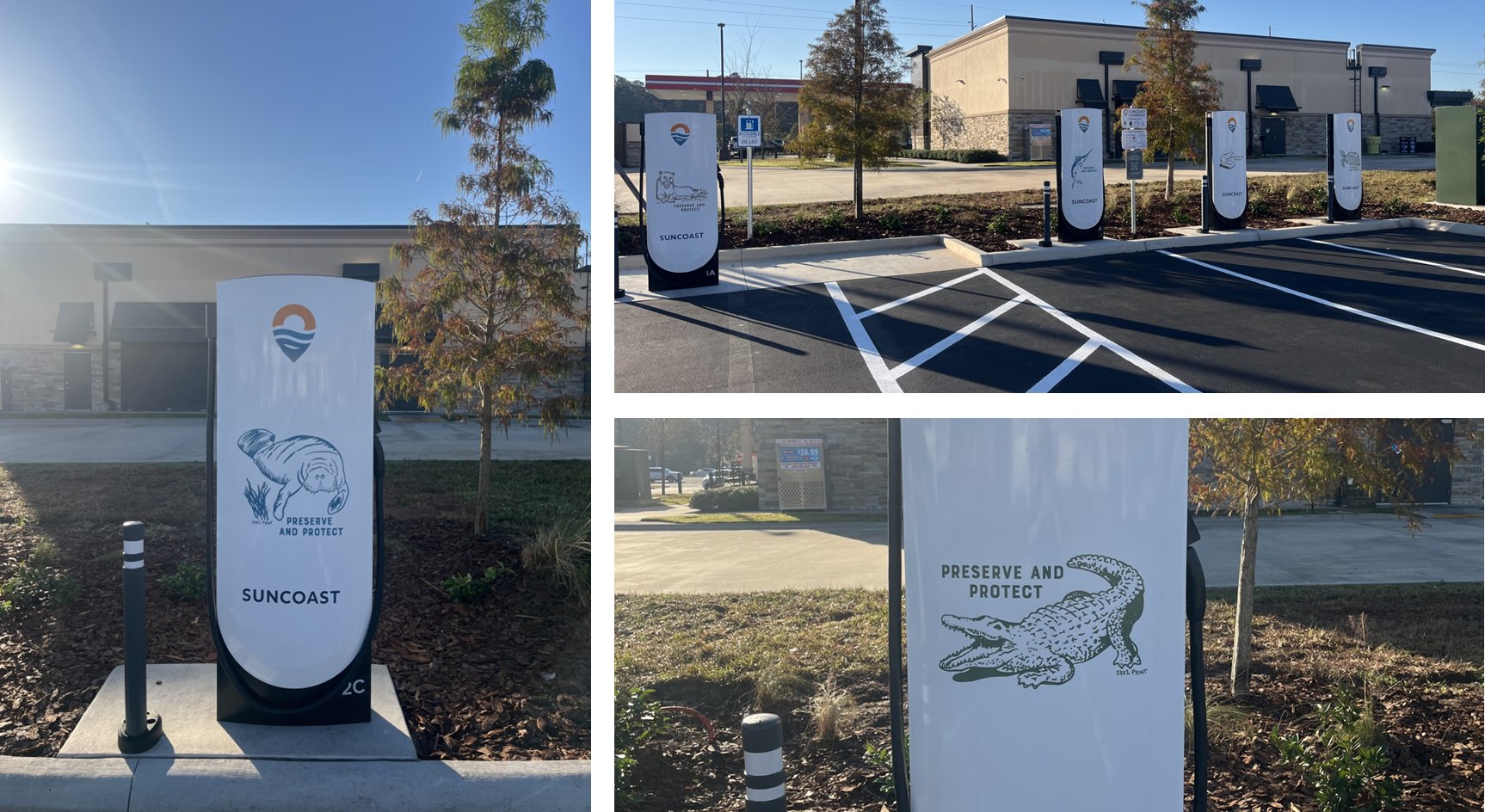
Tesla has officially launched its first branded Supercharger just months after initiating a new program that allows third-party companies to brand their own charging piles.
The site opened in Land O’ Lakes, Florida, and features eight V4 Supercharging stalls offering up to 325 kW of charging speed. It appears it was purchased by a company called Suncoast Credit Union. This particular branch is located Northeast of Tampa, which is on the Gulf of Mexico.
It features graphics of Florida animals, like alligators:
Here’s a video of the graphics being installed on the Tesla Superchargers at this site: https://t.co/oIfEPNZjAH pic.twitter.com/ENWakZ2qT9
— TESLARATI (@Teslarati) November 20, 2025
Tesla launched this program back in September, and it basically was a way to expand its Supercharger presence and also allow companies to pay for the infrastructure. Tesla maintains it. When it announced the “Supercharger for Business,” it said:
“Purchase and install Superchargers at your business. Superchargers are compatible with all electric vehicles, bringing EV drivers to your business by offering convenient, reliable charging.”
The program does a few things. Initially, it expands EV charging infrastructure and makes charging solutions more readily available for drivers. It can also attract people to those businesses specifically.
Tesla launches new Supercharger program that business owners will love
The chargers can also be branded with any logo that the business chooses, which makes them more personalized and also acts as an advertisement.
The best part is that the customers do not have to maintain anything about the Supercharger. Tesla still takes care of it and resolves any issues:
“We treat your site like we treat our sites. By providing you with a full-service package that includes network operations, preventative maintenance, and driver support, we’re able to guarantee 97% uptime–the highest in the industry.”
It appears the Superchargers will also appear within the in-car nav during routing, so they’ll be publicly available to anyone who needs to use them. They are still available to all EVs that have worked with Tesla to utilize its infrastructure, and they are not restricted to people who are only visiting the business.
Cybertruck
Tesla reveals its Cybertruck light bar installation fix
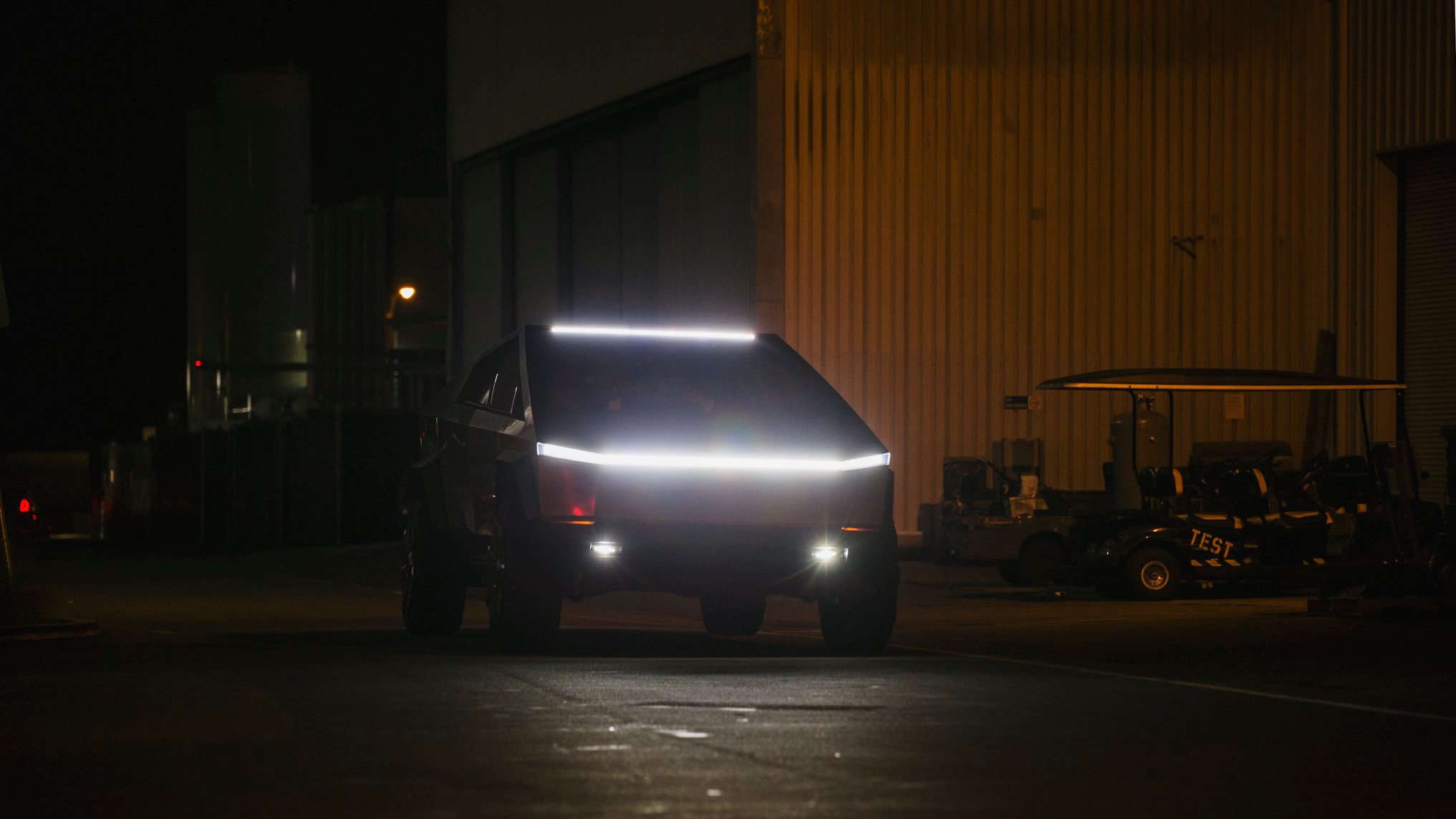
Tesla has revealed its Cybertruck light bar installation fix after a recall exposed a serious issue with the accessory.
Tesla and the National Highway Traffic Safety Administration (NHTSA) initiated a recall of 6,197 Cybertrucks back in October to resolve an issue with the Cybertruck light bar accessory. It was an issue with the adhesive that was provided by a Romanian company called Hella Romania S.R.L.
Tesla recalls 6,197 Cybertrucks for light bar adhesive issue
The issue was with the primer quality, as the recall report from the NHTSA had stated the light bar had “inadvertently attached to the windshield using the incorrect surface primer.”
Instead of trying to adhere the light bar to the Cybertruck with an adhesive, Tesla is now going to attach it with a bracketing system, which will physically mount it to the vehicle instead of relying on adhesive strips or glue.
Tesla outlines this in its new Service Bulletin, labeled SB-25-90-001, (spotted by Not a Tesla App) where it shows the light bar will be remounted more securely:
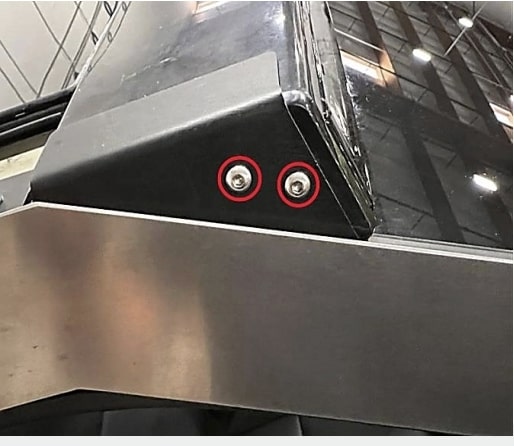
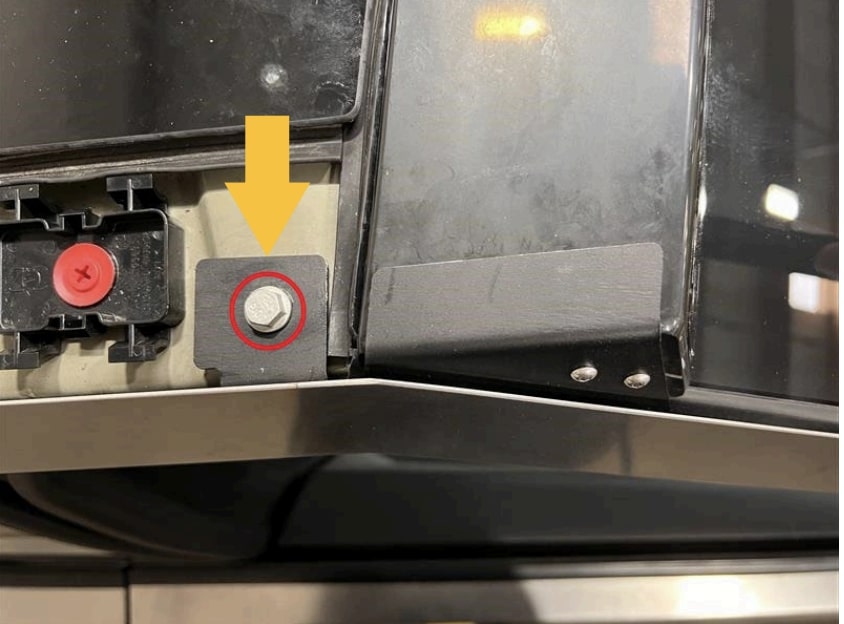
The entire process will take a few hours, but it can be completed by the Mobile Service techs, so if you have a Cybertruck that needs a light bar adjustment, it can be done without taking the vehicle to the Service Center for repair.
However, the repair will only happen if there is no delamination or damage present; then Tesla could “retrofit the service-installed optional off-road light bar accessory with a positive mechanical attachment.”
The company said it would repair the light bar at no charge to customers. The light bar issue was one that did not result in any accidents or injuries, according to the NHTSA’s report.
This was the third recall on Cybertruck this year, as one was highlighted in March for exterior trim panels detaching during operation. Another had to do with front parking lights being too bright, which was fixed with an Over-the-Air update last month.
News
Tesla is already expanding its Rental program aggressively
The program has already launched in a handful of locations, specifically, it has been confined to California for now. However, it does not seem like Tesla has any interest in keeping it restricted to the Golden State.
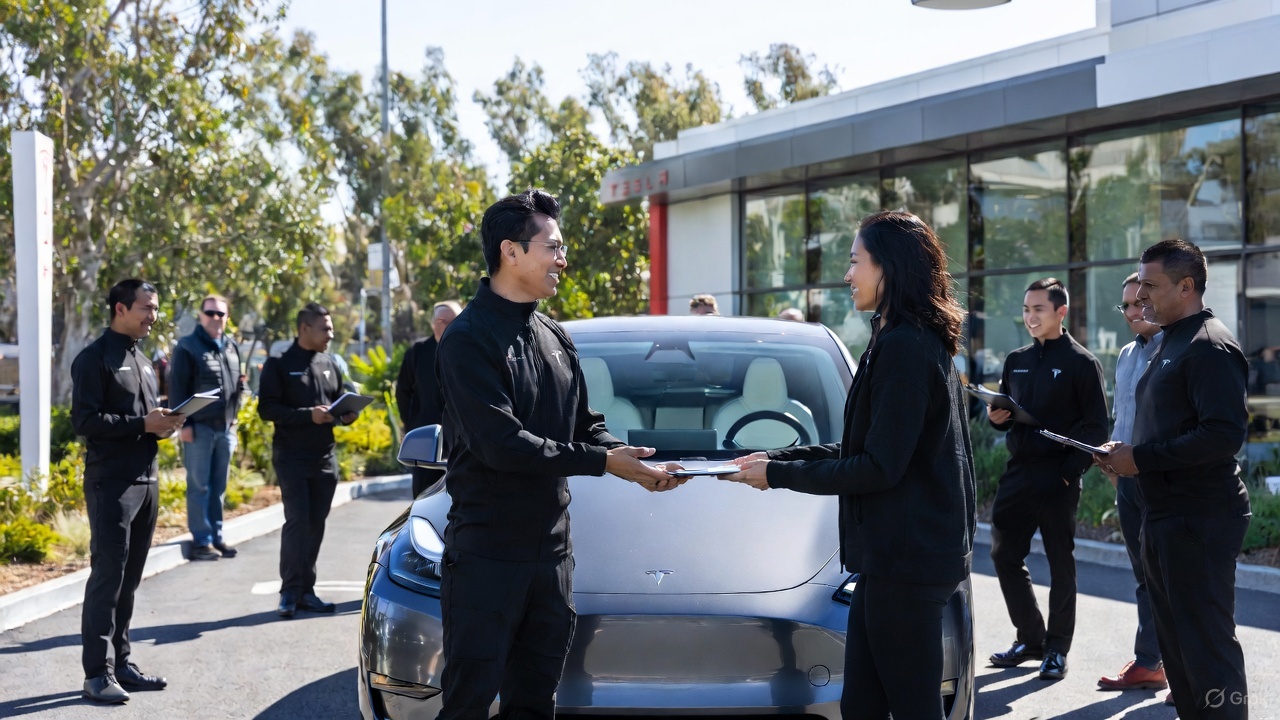
Tesla is looking to expand its Rental Program aggressively, just weeks after the program was first spotted on its Careers website.
Earlier this month, we reported on Tesla’s intention to launch a crazy new Rental program with cheap daily rates, which would give people in various locations the opportunity to borrow a vehicle in the company’s lineup with some outrageous perks.
Along with the cheap rates that start at about $60 per day, Tesla also provides free Full Self-Driving operation and free Supercharging for the duration of the rental. There are also no limits on mileage or charging, but the terms do not allow the renter to leave the state from which they are renting.
🚨🚨 If you look up details on the Tesla Rental program on Google, you’ll see a bunch of sites saying it’s because of decreasing demand 🤣 pic.twitter.com/WlSQrDJhMg
— TESLARATI (@Teslarati) November 10, 2025
The program has already launched in a handful of locations, specifically, it has been confined to California for now. However, it does not seem like Tesla has any interest in keeping it restricted to the Golden State.
Job postings from Tesla now show it is planning to launch the Rental program in at least three new states: Texas, Tennessee, and Massachusetts.
The jobs specifically are listed as a Rental Readiness Specialist, which lists the following job description:
“The Tesla Rental Program is looking for a Rental Readiness Specialist to work on one of the most progressive vehicle brands in the world. The Rental Readiness Specialist is a key contributor to the Tesla experience by coordinating the receipt of incoming new and used vehicle inventory. This position is responsible for fleet/lot management, movement of vehicles, vehicle readiness, rental invoicing, and customer hand-off. Candidates must have a high level of accountability, and personal satisfaction in doing a great job.”
It also says that those who take the position will have to charge and clean the cars, work with clients on scheduling pickups and drop-offs, and prepare the paperwork necessary to initiate the rental.
The establishment of a Rental program is big for Tesla because it not only gives people the opportunity to experience the vehicles, but it is also a new way to rent a car.
Just as the Tesla purchasing process is more streamlined and more efficient than the traditional car-buying experience, it seems this could be less painful and a new way to borrow a car for a trip instead of using your own.








